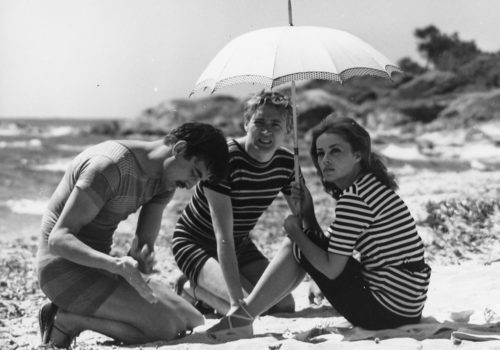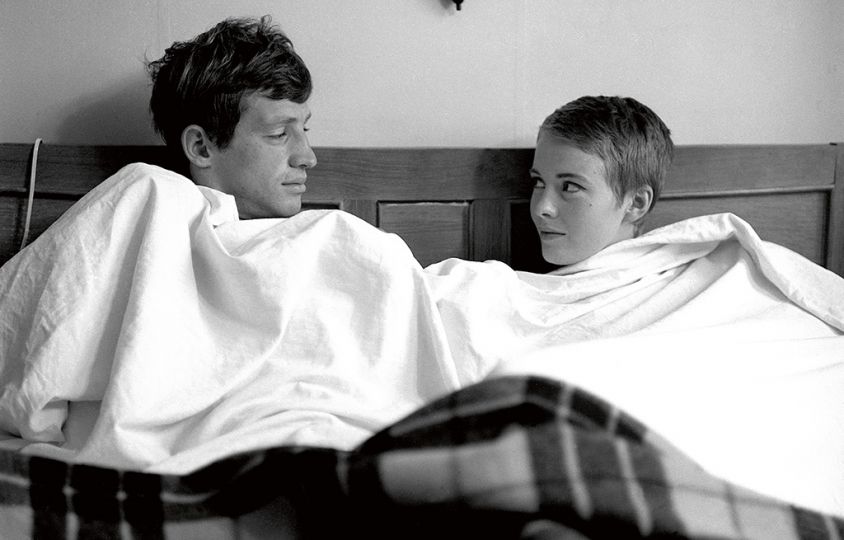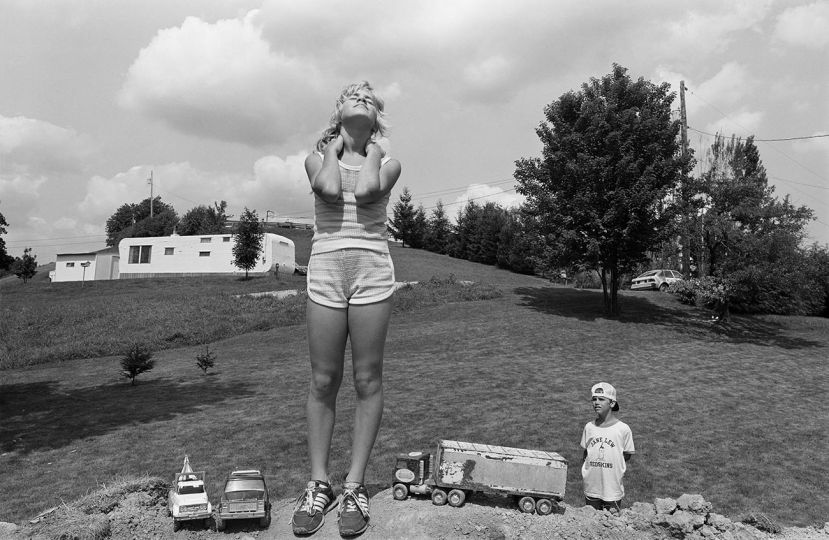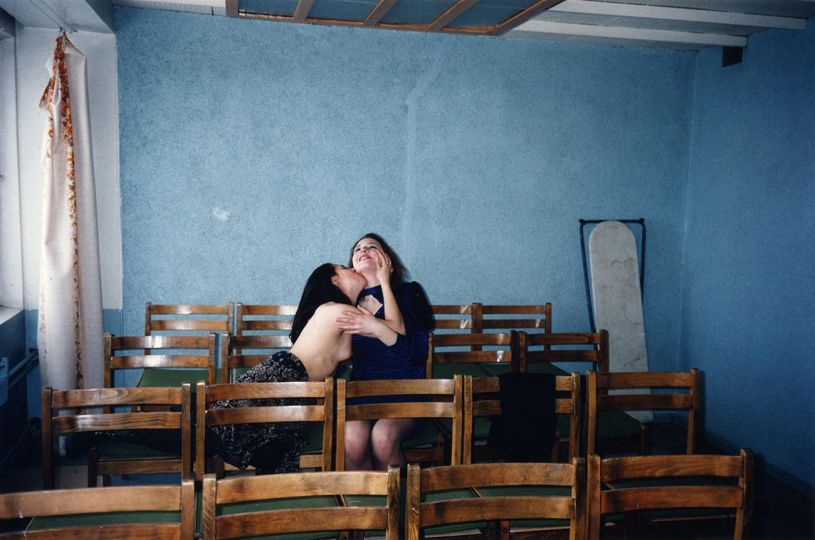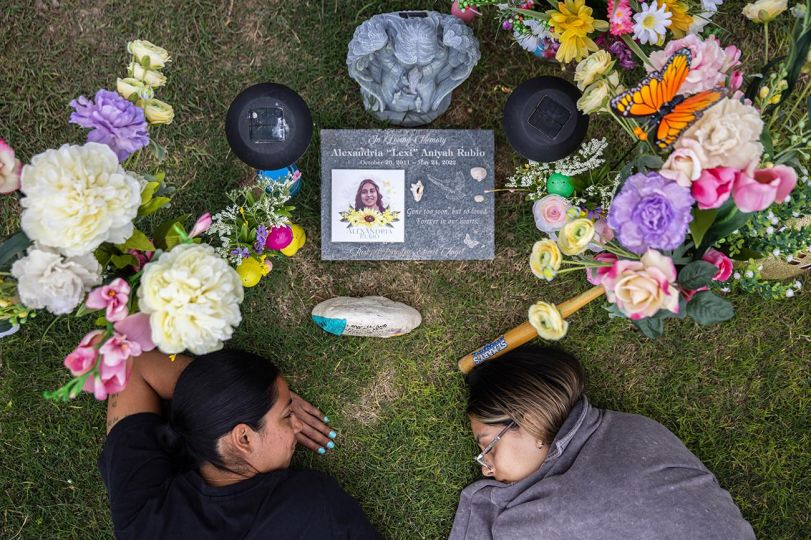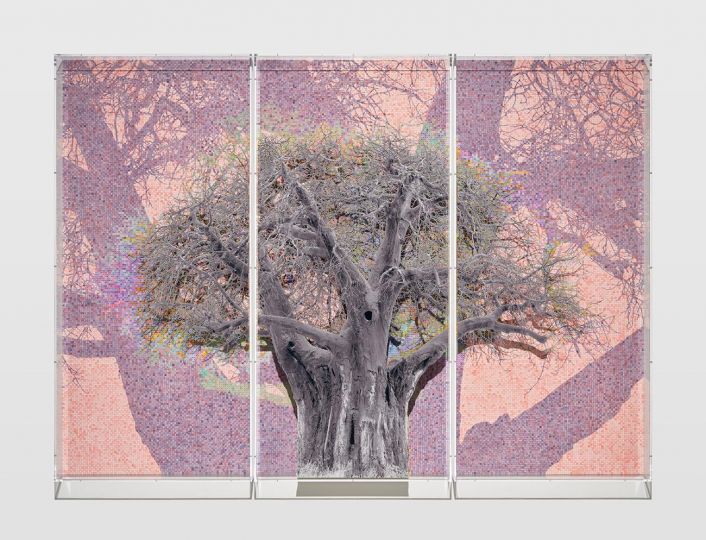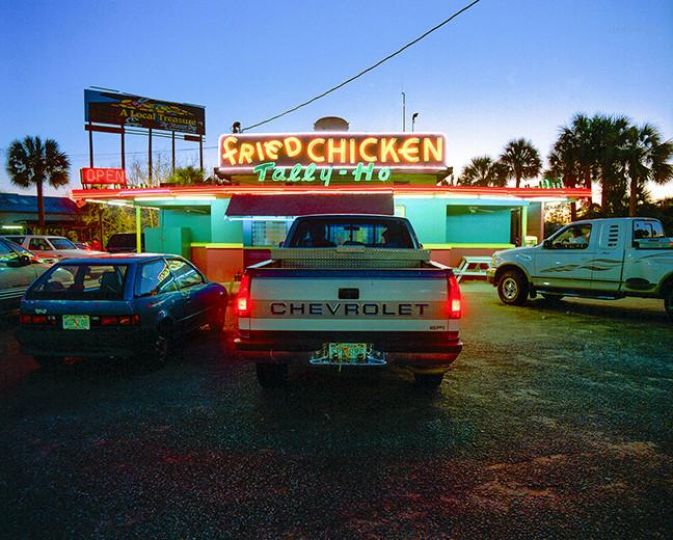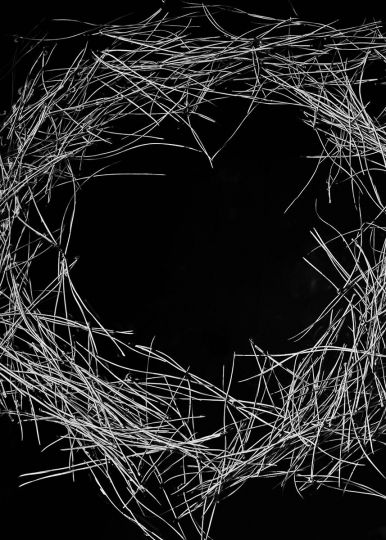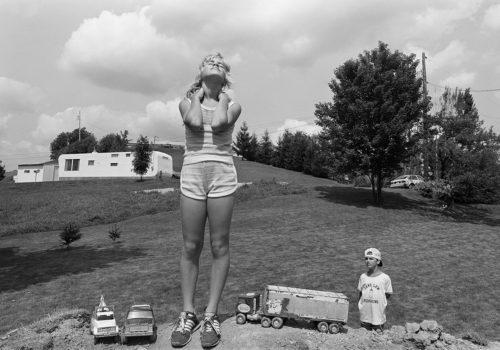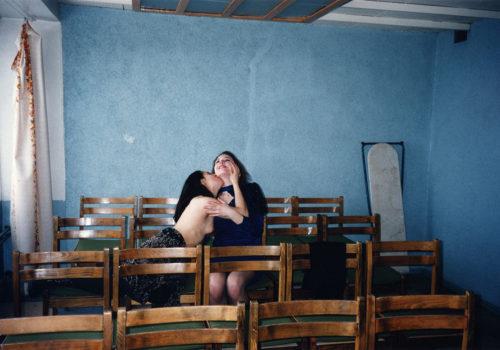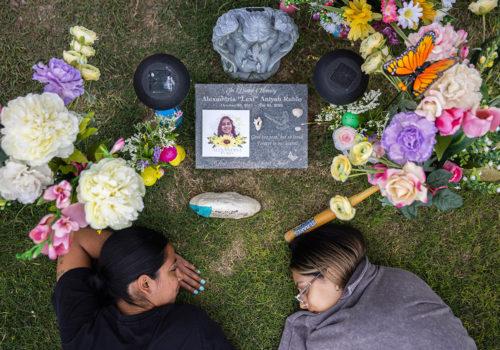James Hyman celebrates the rediscovery of unknown photographs by the great New Wave photographer, Raymond Cauchetier, many of which are published here for the very first time.
“Over the last few months I have had the privilege to work with the great photographer of French New Wave cinema, Raymond Cauchetier, on a marvellous new book and exhilarating exhibition at my gallery in London.
Now 95 years old Cauchetier is an inspiration. The creator of seminal New Wave photographs, and much more as well. From photographs of the landscapes of South East Asia to studies of the Romanesque churches of Europe, his oeuvre is rich and diverse. Earlier this year, along with publisher James Smith, we made a memorable visit to Cauchetier’s apartment in Paris, so that he could attentively proof his new book, and in June I was honoured and delighted that Raymond, accompanied by his wife Kaoru, came to London for the very first time, for the opening of his wonderful exhibition of New Wave Photographs and the book launch. His stamina in doing back to back interviews with BBC television and major newspapers was astonishing. It was a truly special occasion.
Raymond Cauchetier is one of the great un-sung heroes of twentieth century French culture as Philippe Garner discusses in the new book and a previous essay for l’oeil de la photographie. Cauchetier’s photographs, more than anyone else’s, helped create, capture and disseminate the essence of French New Wave cinema. Yet the name of their creator was, until recently, virtually unknown. It was Cauchetier who took the most celebrated pictures of French New Wave cinema. Photographs that everyone will recognise: Jean Seberg and Jean-Paul Belmondo walking down the Champs Elysées during the filming of Godard’s first film À bout de soufflé ; Jeanne Moreau and her suitors running along a railway bridge inJules et Jim.
Indeed Cauchetier was aided by knowing some of the main protagonists and his photographs are striking for their intimacy. He was a friend and confidant of the greatest French directors, producers and film stars of the 1960s, from Jean-Luc Godard and Francois Truffaut to Jean-Paul Belmondo, Jean Seberg, Jeanne Moreau, Anna Karina, Anouk Aimée. At the time these were young actors, young directors and young producers often making their first films, as was the case with Godard’s À bout de souffle and Jacques Demy’s Lola.
The language of New Wave cinema was just being invented and Cauchetier was there from the start. His photographs were intuitively and immediately in tune with the vision of these filmmakers. Cauchetier’s insider status gives his photographs an air of relaxation, spontaneity, and intimacy as well as a vitality that perfectly matches their subject matter. A lack of inhibition about the rules of picture making results in pictures that still spring to life today. For Philippe Garner, International Director of Photography at Christie’s, speaking in a recent film about Cauchetier, the photographs’ ‘breathless energy’ perfectly suits their subject matter.
Despite esteemed champions such as Philippe Garner, the reason Cauchetier’s name is not better known lies in the working of the film studios who used his photographs for posters, advertising and in the press but without crediting him, and it was only in recent years that the French courts acknowledged his copyright so that finally his achievements could be appreciated and celebrated. The result was that we began to work with Cauchetier to create small editions of his famous photographs, providing the public for the first time, with the opportunity to acquire beautiful exhibition prints. This has also culminated in a ravishing new book.
However, this history also explains an anomaly. Although Cauchetier’s has the rights to his work, he does not have ownership of all the negatives, many of which still reside with the film companies who appear unable or unwilling to locate and return them. This makes the discovery of a large group of unknown pictures even more remarkable.
Their discovery was purely by chance. I recently discovered in a small auction in southern France a large group of sixty five vintage prints. All of them were anonymous, but I recognised the subject matter, the film Jules et Jim. Then as I looked through them, I was astonished to discover a handful of pictures that I recognised were by Raymond Cauchetier. I was even more surprised to discover that I did not recognise any of the other sixty pictures. However, their aesthetic, composition and conception were unmistakable. These had to be unseen pictures by Raymond Cauchetier.
What I had discovered was a remarkable collection of unknown photographs by Cauchetier. The photographs originally given out at the time the film was originally distributed in 1962 are now so rare that Cauchetier has confirmed that in most cases he does not have prints of these pictures, or even the negatives, although he does have the original contact sheets..
These rare photographs, as with Cauchetier’s most famous pictures, display an eye that was remarkably intuitive, and capture not just the subject in front of him, but also an essence and spirit that embodies the sensibility of the subject. As Cauchetier, himself, has explained: ‘A good photo for me is not necessarily a good picture, well laid out on the page, well framed and well-polished. It must express life, through the look or gesture. Otherwise, it remains empty.’
These rediscovered photographs capture famous and less famous moments. They reveal that Cauchetier’s approach was that of a documentary photojournalist rather than a publicity photographer, explaining the intimacy and authenticity of his depiction of the on-set, off-set life of the filmmakers. In many of these works we are transported away from the artificial world of the film set and believe that we are experiencing the spontaneity of real life. As the writer Marc Vernet has observed: “The power of Raymond Cauchetier’s photography does not stem simply from the exceptional character of the stars he photographed, or from the artistic dimension of the directors for whom he worked…but from the fact that he, before anyone else, knew just how to capture the mood of what would become known as the “Nouvelle Vague”.
Published here for the first time, these rediscovered photographs add fresh insights into the making of one of the greatest of all new wave films, Jules et Jim, and allow us to marvel anew at the way that Cauchetier captures the spirit of youth. Ultimately, these newly rediscovered photographs confirm, once again, Raymond Cauchetier’s status as one of the greatest French photographers of the era.
By James Hyman, Director, James Hyman Gallery
PAST EXHIBITION
Raymond Cauchetier’s New Wave
James Hyman Gallery
16 Savile Row
London
United Kingdom
http://www.jameshymangallery.com
UPCOMING EXHIBITION
Raymond Cauchetier’s New Wave
From October 2nd 2015 to January 17th, 2016
La Galerie de L’instant
46 Rue de Poitou
75003 Paris
France
http://www.lagaleriedelinstant.com
BOOK
Raymond Cauchetier’s New Wave
published by ACC editions
http://www.antiquecollectorsclub.com

